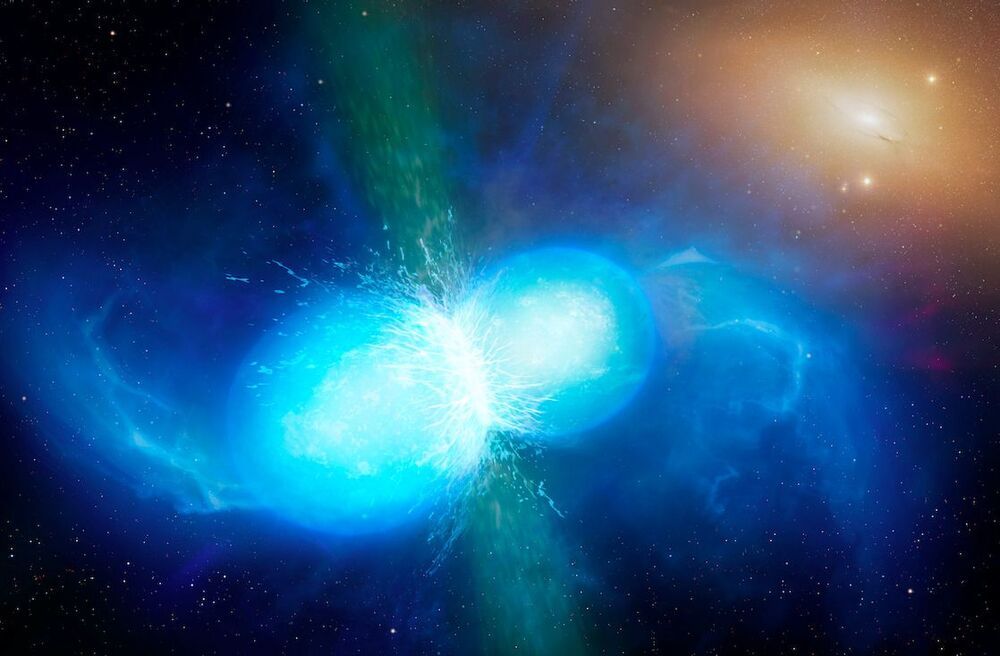“In physics, we often say that exceptional discoveries require exceptionally strong evidence.”
Within the space of ten days, LIGO detected gravitational waves that prove black holes can form binaries with neutron stars.
“In physics, we often say that exceptional discoveries require exceptionally strong evidence.”
Within the space of ten days, LIGO detected gravitational waves that prove black holes can form binaries with neutron stars.
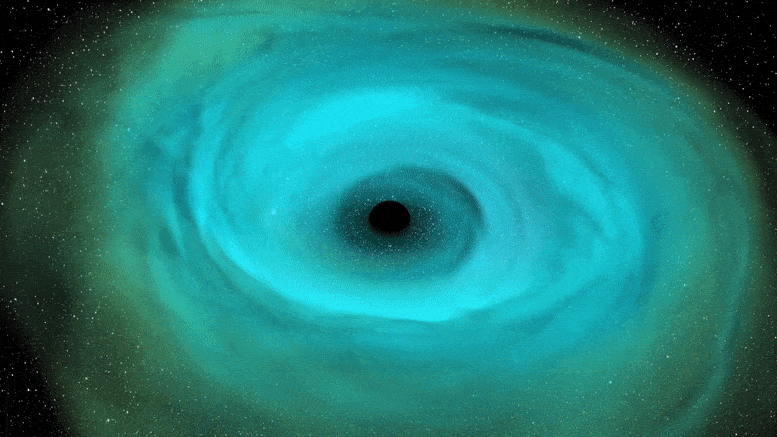
Mix pair is “elusive missing piece of the family picture of compact object mergers.”
A long time ago, in two galaxies about 900 million light-years away, two black holes each gobbled up their neutron star companions, triggering gravitational waves that finally hit Earth in January 2020.
Discovered by an international team of astrophysicists including Northwestern University researchers, two events — detected just 10 days apart — mark the first-ever detection of a black hole merging with a neutron star. The findings will enable researchers to draw the first conclusions about the origins of these rare binary systems and how often they merge.
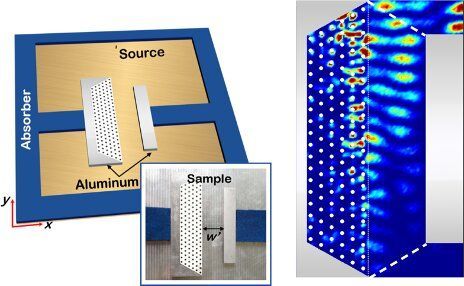
Entering an invisible doorway to catch a train at King’s Cross station in London is a renowned fictional scene from the Harry Potter series. In recent decades, physicists have been trying to produce a similar effect by focusing their research efforts on illusion devices.
Illusion devices are devices that can change the optical properties of objects to match those of other virtual objects or make them apparently invisible, producing an illusion. Two common types of illusion devices are super-scatterers and invisible gateways. The first are designed to scatter light and the second to bounce back light rays through a physical gateway.
From a theoretical standpoint, super-scatterers and invisible gateways have so far been primarily studied in the context of transformation optics and folded geometry transformations (i.e., the visual, illusory transformation of objects into other objects). Experimentally realizing these devices, however, requires the use of metamaterials with specific properties (e.g., a negative permittivity and permeability) that can be difficult to employ in fabrication processes.

Scientists have given the all-clear.
Warp drive is having a moment. Just last week, scientists dropped a bombshell when they unveiled the first physical model for a warp drive, the holy grail of space travel that would allow us to bend the fabric of space and time to their will and overcome the vast distances separating humans from the stars. Now, another astrophysicist has delivered an equally exciting warp drive breakthrough.
Up until this point, scientists have slowly chipped away at the fantasy of faster-than-light (FTL) travel by relying on theories of bizarre physics and exotic matter. But in a new paper, Göttingen University’s Erik Lentz has created a theoretical design of a warp drive that’s actually grounded in conventional physics. Lentz’s theory overcomes the need for a source of exotic matter in previous designs by reimagining the shape of warped space.
To put this into context, we’ll catch you up to (warp) speed. The colloquial term “warp drive” comes from science fiction, most famously Star Trek. The Federation’s FTL warp drive works by colliding matter and antimatter and converting the explosive energy to propulsion. Star Trek suggests this extraordinary power alone pushes the ship at FTL speeds.
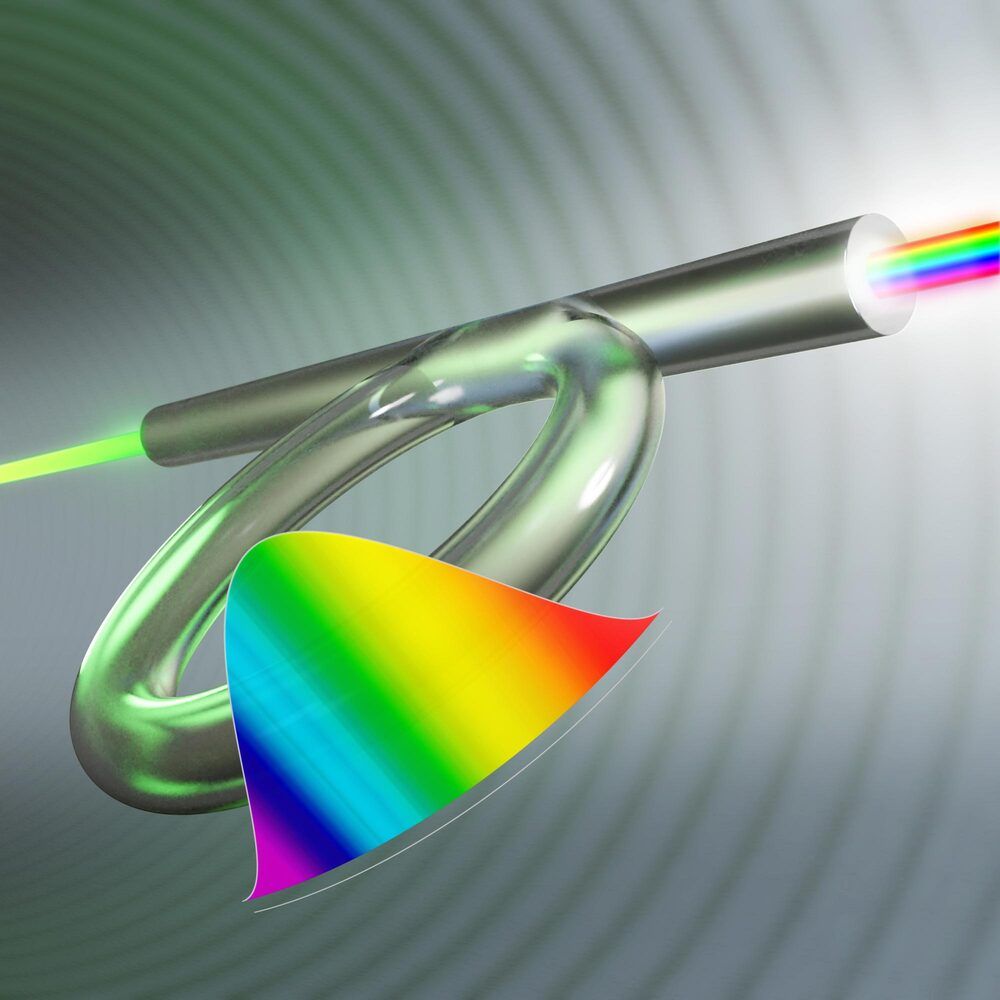
University of Rochester researchers describe first highly chirped pulses created by a using a spectral filter in a Kerr resonator.
The 2018 Nobel Prize in Physics was shared by researchers who pioneered a technique to create ultrashort, yet extremely high-energy laser pulses at the University of Rochester.
Now researchers at the University’s Institute of Optics have produced those same high-powered pulses—known as chirped pulses—in a way that works even with relatively low-quality, inexpensive equipment. The new work could pave the way for:
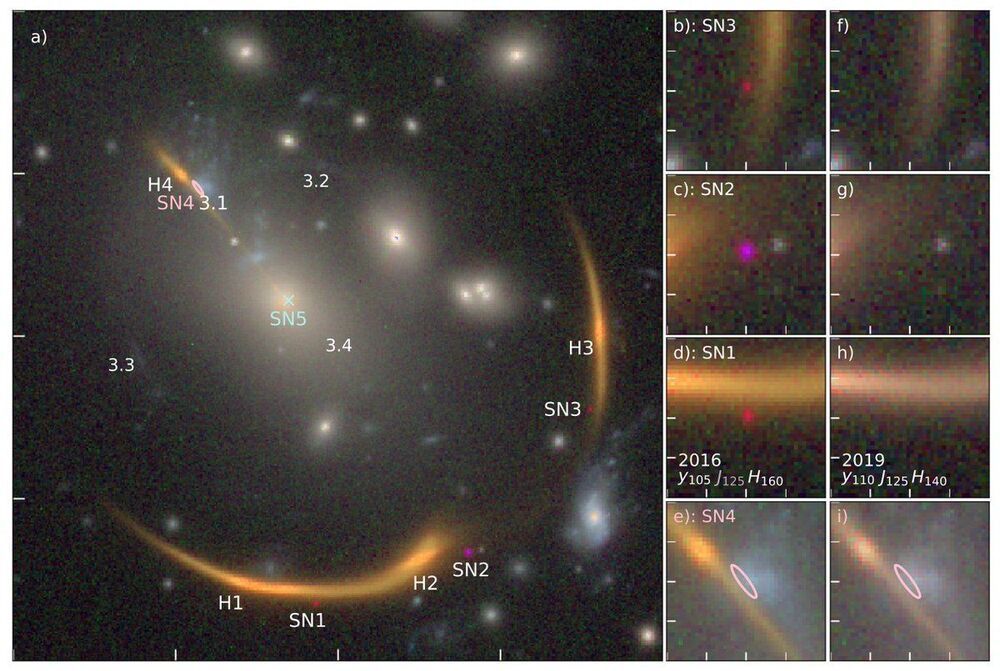
It is hard for humans to wrap their heads around the fact that there are galaxies so far away that the light coming from them can be warped in a way that they actually experience a type of time delay. But that is exactly what is happening with extreme forms of gravitational lensing, such as those that give us the beautiful images of Einstein rings. In fact, the time dilation around some of these galaxies can be so extreme that the light from a single event, such as a supernova, can actually show up on Earth at dramatically different times. That is exactly what a team led by Dr. Steven Rodney at the University of South Carolina and Dr. Gabriel Brammer of the University of Copenhagen has found. Except three copies of this supernova have already appeared – and the team thinks it will show up again one more time, 20 years from now.
Finding such a supernova is important not just for its mind bending qualities – it also helps to settle an important debate in the cosmological community. The rate of expansion of the universe has outpaced the rate expected when calculated from the cosmic microwave background radiation. Most commonly, this cosmological conundrum is solved by invoking “dark energy” – a shadowy force that is supposedly responsible for increasing the acceleration rate. But scientists don’t actually know what dark energy is, and to figure it out they need a better model of the physics of the early universe.
One way to get that better model is to find an event that is actively being distorted through a gravitational lens. Importantly – the same event must show up at two separate, distinct times in order to provide input to a calculation about the ratio of the distance between the galaxy doing the lensing and the background galaxy that was the source of the event.
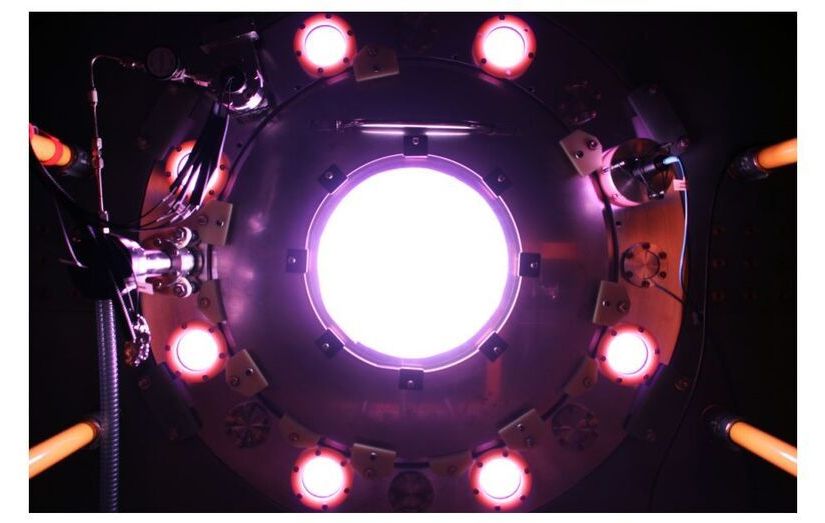
REDMOND, Wash.—(BUSINESS WIRE)—Helion Energy (Helion), a clean electricity company committed to creating a new era of clean energy through fusion, today became the first private company to announce exceeding 100 million degrees Celsius in their 6th fusion generator prototype, Trenta. Reaching this temperature is a critical engineering milestone as it is considered the ideal fuel temperature at which a commercial power plant would need to operate. Helion will be presenting these operational results at the 63rd Annual Meeting of the APS Division of Plasma Physics. See abstract below.
“These achievements represent breakthroughs with major implications for how the world meets its expanding future electricity needs while dramatically reducing climate impact on a relevant timescale” Tweet this
Helion also announced their Trenta prototype recently completed a 16-month testing campaign, which pushed fusion fuel performance to unprecedented levels and performed lifetime and reliability testing on key components of the fusion system. Helion will be presenting these results at the 2021 IEEE Pulsed Power Conference & Symposium on Fusion Engineering. See abstract below.
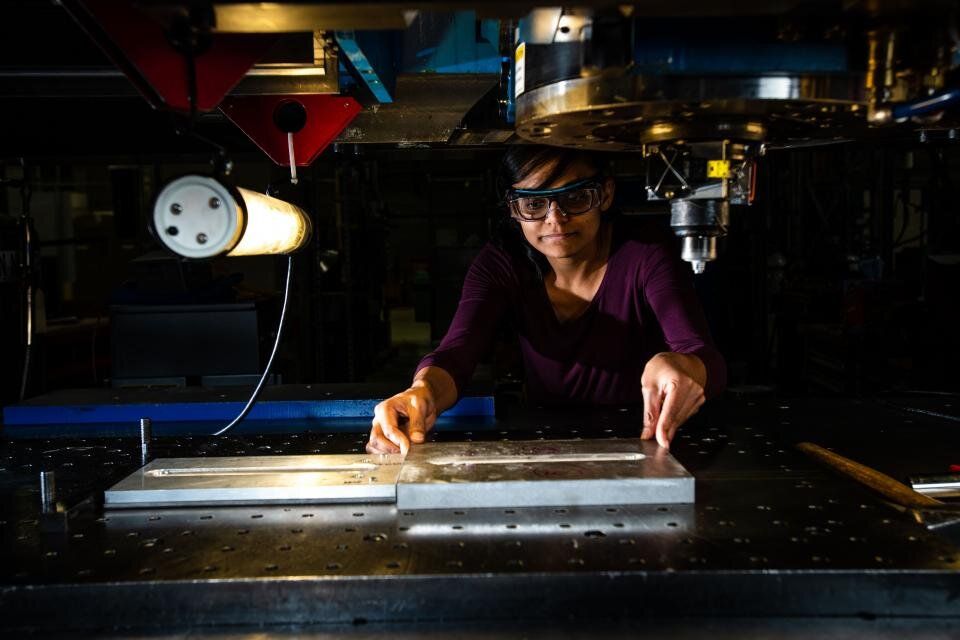
Machine learning techniques have contributed to progress in science and technology fields ranging from health care to high-energy physics. Now, machine learning is poised to help accelerate the development of stronger alloys, particularly stainless steels, for America’s thermal power generation fleet. Stronger materials are key to producing energy efficiently, resulting in economic and decarbonization benefits.
“The use of ultra-high-strength steels in power plants dates back to the 1950s and has benefited from gradual improvements in the materials over time,” says Osman Mamun, a postdoctoral research associate at Pacific Northwest National Laboratory (PNNL). “If we can find ways to speed up improvements or create new materials, we could see enhanced efficiency in plants that also reduces the amount of carbon emitted into the atmosphere.”
Mamun is the lead author on two recent, related journal articles that reveal new strategies for machine learning’s application in the design of advanced alloys. The articles chronicle the research outcomes of a joint effort between PNNL and the National Energy Technology Laboratory (NETL). In addition to Mamun, the research team included PNNL’s Arun Sathanur and Ram Devanathan and NETL’s Madison Wenzlick and Jeff Hawk.

